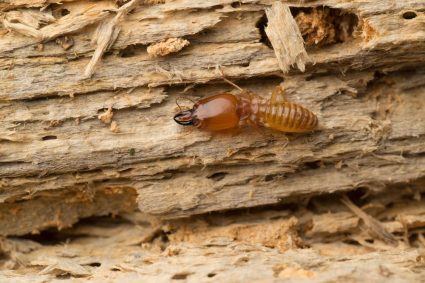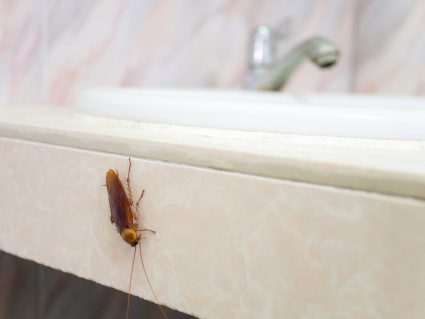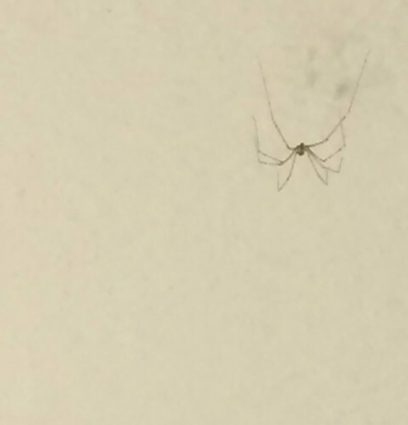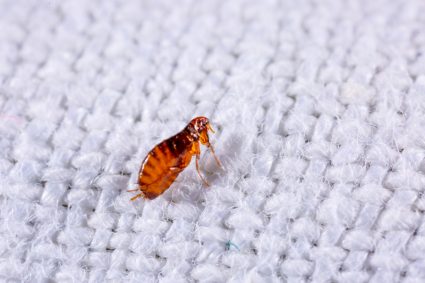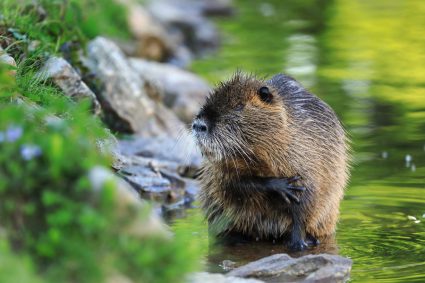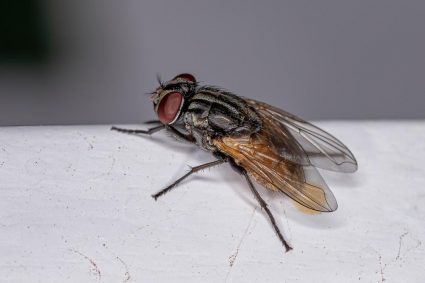
Russet mites are tiny, cigar-shaped insects belonging to the Eriophyidae family. Notoriously known for infesting various plants, including hemp, tomatoes, and cannabis, they can cause significant damage by feeding on plant surfaces and killing individual cells. This results in a range of symptoms from fine spotting or stippling to bronzing on leaves and stems, reduced leaf size, brittle foliage, and upward leaf-edge curling. In severe cases, if not controlled, russet mites can even kill plants.
With such potential for destruction, it’s crucial to have an effective strategy in place for controlling these pests. One substance that has shown promise is Spinosad – a natural substance made by a soil bacterium called Saccharopolyspora spinosa.
Yes, Spinosad can kill russet mites. However, it may not be as effective at normal use rates and might require higher concentrations or combination with other treatments. It’s also important to note that while effective, Spinosad can be harmful to beneficial insects like bees. Always follow the manufacturer’s instructions when using this product.
What is Spinosad?
Spinosad is a mixture of two chemicals, spinosyn A and spinosyn D, and is used to control a wide variety of pests. It has been registered for use in pesticides by the US Environmental Protection Agency (EPA) since 1997 and is found in over 80 registered pesticide products.
The products are commonly available as sprays, dusts, granules, and pellets, with some approved for use in organic agriculture. It is effective against many vegetable pests, such as the Colorado potato beetle, diamondback moth, cabbage looper, imported cabbageworms, European corn borer, fall armyworm, corn earworm, hornworms, thrips, and leafminers.
Spinosad works as both a nerve poison and a stomach poison, killing pests through contact and ingestion. This novel mode of action helps prevent cross-resistance with other insecticides.
Spinosad and Russet Mites
Spinosad can be effective against russet mites. However, it’s important to note that it may not be as effective against mites at normal use rates. To increase its effectiveness, you may need to use it at higher concentrations or in combination with other treatments. For example, one forum user reported that Spinosad at 11.6% concentration was very effective against russet mites.
However, it’s important to remember that Spinosad can be toxic to beneficial insects, such as bees, while it’s still wet. Always follow label instructions and take steps to avoid exposure to non-target organisms.
Applying Spinosad
When using Spinosad for russet mite control, it’s recommended to use it as a foliar spray. Mix the concentrate with water according to the product label’s instructions and apply the spray in the evening or very early morning to allow ample time to dry. Please be aware that Spinosad can harm beneficial insects such as bees, so be cautious when and where you apply it.
Safety Measures
While Spinosad is considered slightly toxic to humans, animals, birds, and fish, it can cause skin and eye irritation. Therefore, it’s crucial to wear protective clothing and safety goggles to avoid skin and eye contact.
Spinosad is highly toxic to bees and certain natural enemies when sprayed and for about 1-4 hours after treatment. To minimize the impact on beneficial insects, avoid spraying during their peak activity times and follow label instructions carefully.
Conclusion
In conclusion, while Spinosad can kill russet mites, it may not be as effective as other treatments at normal use rates. Always follow the manufacturer’s instructions and consider using other control methods, such as micronized sulfur, which is known to be effective against these pests. It’s always best to integrate a comprehensive pest management strategy, including chemical treatments, biological control, and cultural practices.
Frequently Asked Questions
What are some other natural enemies of russet mites?
Some other natural enemies of russet mites include predatory mites such as Phytoseiulus persimilis and Amblyseius andersoni, as well as insects like the minute pirate bug and lacewings.
Can Spinosad be used on all plants?
Yes, Spinosad can be used on a wide variety of plants. However, it’s always best to check the product label or consult with a professional to ensure it’s safe for your specific plant types.
How often should I apply Spinosad for effective russet mite control?
The frequency of application depends on the severity of the infestation. It’s usually recommended to apply Spinosad once every 7-10 days until the pests are under control. Always follow the product’s instructions.
Is there any risk of russet mites developing resistance to Spinosad?
While Spinosad’s unique mode of action helps prevent cross-resistance, overuse or misuse of any pesticide can lead to resistance. It’s recommended to rotate Spinosad with other pesticides to prevent this.
Can I use Spinosad in my organic garden?
Yes, Spinosad is approved for use in organic agriculture. However, it’s important to note that it can still be harmful to beneficial insects and should be used responsibly.

